This article was co-authored by Katie Rhodes-Smith RD, MS. Katie Rhodes-Smith is a Registered Dietitian and is the founder of OWN-Nutrition, LLC, a nutrition planning business for athletes based in Little Rock, Arkansas. Katie received her MS in Clinical Nutrition from the University of Arkansas for Medical Sciences. She is board certified Specialist in Sports Dietetics.
There are 16 references cited in this article, which can be found at the bottom of the page.
This article has been viewed 13,524 times.
Carbohydrates are made of three different types of molecules — sugar, fiber and starch. Starch is considered a complex carbohydrate due to its chemical structure.[1] It is found in a variety of foods; however, not all foods that are carbohydrates contain starch. It is important that you don't cut out starches completely — instead, learn which starch-containing foods are healthy and nutritious and which kinds to reduce or eliminate from your diet. A diet high in these unhealthy (digestible) starches — such as refined grains like white flour —may increase your risk for weight gain and type 2 diabetes.[2] Choosing nutritious sources of starch (known as resistant starch) and eating it in healthy amounts is your best bet for a healthy diet.
Steps
Reducing Starch in Your Diet
-
1Talk to your doctor or dietitian. Before making any large diet changes — like reducing entire food groups or nutrients — it's important to first consult with your physician. They will be able to tell you if your new diet plan is appropriate and healthy.
- Since starch is found in a wide variety of foods — many of them very nutritious foods — it's important to let your doctor know about this change. Ask them whether or not they think this diet change is safe and appropriate for you given your current health conditions or medications.
- Also talk to them about why you want to reduce starch in your diet. Are you trying to lose weight? Are you trying to better manage your diabetes? If so, your doctor will most likely be able to provide other guidance and resources to help meet your goal.
- Another option is to speak to a registered dietitian. These nutrition experts will be able to provide you with detailed information on starch and the most nutritious sources of starch. They can also help you make a meal plan.
-
2Always measure portion sizes. If you're trying to limit any food in your diet, you'll want to make sure you're familiar with appropriate serving sizes of that food. In case you do decide to eat it, you can minimize the amount by sticking to the appropriate serving.
- Grains like bread, rice and pasta are some of the most starch-heavy foods. In addition, they're also some of the most calorie-dense starchy foods. A serving is 1 oz or 1/2 cup after cooking.[3]
- Starchy vegetables are another common source of starch. If you're eating foods like potatoes, yams or corn, make sure you measure out 1 cup per serving.[4]
- Beans and lentils are starchy foods as well but are considered a source of protein. Measure out 1/2 cup of beans and lentils per serving.[5] These are also a source of resistant starch (versus "digestible" starch), which improves health and may help with weight control.[6]
Advertisement -
3Follow recommended daily serving amounts. Even if you measure the appropriate serving size, it's important to not eat too many servings of starch-heavy foods throughout the day.
- Your total intake of grains per day should not exceed about five to six servings daily. The USDA recommends consuming a minimum of three servings daily.[7]
- It's typically recommended to consume about three to four servings of vegetables each day.[8] Starchy vegetables are a part of this recommendation, but are not something that is considered necessary on a daily basis.
-
4Cut out refined grains. An easy way to cut out some starch in your diet and improve your overall diet is by cutting out or avoiding refined grain products.
- Refined grains — like those found in white breads — have been heavily processed which makes them much lower in fiber and other essential nutrients. They still contain the same calories, but without all the good nutrition, which makes them "empty" calories.
- Refined grains can include foods like: cakes, pies, cookies, crackers, chips, white bread, white rice, plain pasta, bagels, breakfast pastries and cereals. Diets high in these foods can lead to weight gain, diabetes and stroke.[9]
- If you're choosing to have a grain like some bread, pasta, rice or English muffins, go for 100% whole wheat. These are less processed making them higher in fiber and other essential nutrients.[10]
-
5Limit starchy vegetables. Outside of grains and starchy protein sources, the other main source of starch in a typical diet is from starchy vegetables. If you are concerned about your starch intake, you may want to choose a less starchy vegetable to eat, or just be sure you eat them in the proper portion size. A balanced, healthy diet is one that is full of variety, so it's fine to eat starchy vegetables sometimes — just make sure you're switching it up.
- Starchy vegetables include foods like: corn, peas, lentils, beans, potatoes and yams.
- Although these foods are starch-heavy, they are lower in calories than other sources of starch like grains.[11] In addition, these foods do offer a variety of health benefits. Most are high in fiber in addition to other vitamins and minerals.
Choosing Nutritious Substitutes
-
1Choose a low-starch breakfast. Breakfast is a common meal for starches to be present. Whether you're having a slice of toast, bowl of cereal or bowl of oatmeal, breakfast can contain a high quantity of starch.
- Instead of a bowl of oatmeal or cereal, switch to a bowl of yogurt or cottage cheese topped with some fruit and nuts if you'd like. There's no starch and you'll get more protein and calcium from these foods.[12] [13]
- If you normally go for an egg sandwich or eggs with toast, skip the bread all together. Make yourself an omelet with veggies and cheese.
- If you're looking for a quick or simple breakfast, try a smoothie with yogurt and fruit or a piece of fruit and a cheese stick.
-
2Swap out your sandwich for a starch-free option. Sandwiches and wraps are a common lunch time and dinner meal. They're an easy and very convenient meal; however, grains are a calorie dense and starchy food.[14]
- If you only want to reduce starch, not eliminate it, choose a 100% whole grain wrap instead of sandwich bread. It's usually lower in calories, carbohydrates and starches and will keep you fuller longer due to fiber content.
- If you're going starch-free trying using a lettuce wrap instead. It's low-calorie and naturally starch-free.
- You can also just pack deli meat and cheese roll ups and skip the bread or bread substitutes all together.
-
3Go for cauliflower over grains. A new trend that's become very popular is using cauliflower, a non-starchy vegetable, to replace many starchy and high-carbohydrate foods. Cauliflower is naturally low-calorie.[15]
- Grated cauliflower can be cooked and used in place of rice and other grains like quinoa or couscous.
- Cauliflower can also be grated and cooked into the shape of a pizza crust instead of using flour.
- Well-steamed and mashed cauliflower is a great substitute for mashed potatoes.
- You can even use grated cauliflower to make rolls instead of using flower.
- If you're a big fan of hummus, but are skipping the beans, try making cauliflower hummus instead.
-
4Consider purchasing a spiralizer. Another nifty trick to help reduce the amount of starch in your diet is by purchasing a spiralizer. These relatively inexpensive tools can be purchased in a cooking store or online and help make noodle shapes out of fruits and vegetables.[16]
- Spiralizers allow you to make low-calorie pastas or noodles from vegetables. Swapping out your typical pasta for a spiralized vegetable helps you cut out the starch from your pasta.
- Try making spaghetti from zucchini or yellow squash. You can quickly cook these "noodles" or eat them raw with your favorite pasta sauce.
- If you're allowing a minimal amount of starch in your diet, make spaghetti with half 100% whole wheat pasta and half zucchini pasta.
- You can also spiralize an English cucumber to make cold noodles. Tossed with your favorite Asian marinade, they make a great cold sesame noodle salad.
Choosing Healthy Starches
-
1Include nutritious sources of starch at breakfast. Breakfast gives you the chance to start your day off with a lot of nutrient-dense foods to help you concentrate and power through your day. If you're only reducing starches, not eliminating them, choose nutrient-dense options.
- Start your day off with a bowl of oatmeal. Go for rolled oats or steel cut as these are less processed than instant oats. Oatmeal is very high in fiber and also contains many vitamins and minerals like selenium, phosphorus, magnesium and Vitamin E.[17] Oats are a form of resistant starch.
- Another source of starch you can include are 100% whole wheat breads like English muffins, toast or whole wheat wraps. Like oatmeal, these whole grains are also high in fiber and many minerals.[18] Top with a scrambled egg for extra protein.
- If you want to start your day with cereal, follow the "5, 5, 10 rule." This states your cereal should contain at least 5 grams of fiber and 5 grams of protein and a maximum of 10 grams of sugar.[19]
-
2Boost your fiber intake. Fiber is an essential nutrient to a healthy diet. It helps provide bulk to your meals making you feel satisfied and helps keep your GI system healthy.[20]
- Although foods like beans, lentils and peas are higher in starch, they are also high in many other beneficial nutrients like: fiber, folate, potassium and magnesium.[21] In addition, they've been found to be helpful in lowering cholesterol.
- Try adding small portions of beans, lentils and peas to your diet to reap the nutritional benefits, but still minimize the total starch in your day. Try: topping a salad with 1/2 cup of beans or lentils, having 1/4 cup of hummus with 1 cup raw vegetables, having a small bowl of lentil soup with a side salad, roasting 1/2 cup of chickpeas or soybeans for a crunchy snack or make a cold, marinated bean salad.
- It's important to aim for adequate fiber each day. By including both starchy and non starchy foods you need to aim for 25 g of fiber daily for women and 28 g of fiber daily for men.[22]
-
3Include potatoes and yams. Potatoes have gotten a bad rap over the years not only due to their high starch content, but also due to their high carbohydrate content; however, these little spuds are actually quite nutritious and can be a healthy addition to your diet.
- Regular, white potatoes are naturally lower in calories, but high in fiber, potassium and Vitamin C. If you eat these spuds, leave their skins on and minimize how much butter, sour cream and other high fat toppings you put on them.
- Sweet potatoes and yams are also naturally lower in calories but contain even more benefits than white potatoes. They have more fiber, Vitamin C, Vitamin A and potassium.[23] Eat these spuds with the skin on as well and minimize your choice of toppings.
- Potatoes that are cooked and then cooled are high in resistant starch.
-
4Include 100% whole grains. Grains are a high-starch food; however, 100% whole grains can provide your diet with extra nutrition. If you're only reducing starches, considering adding minimal servings of these nutrient-dense foods.
- 100% whole grains are very minimally processed. The lack of processing keeps the nutritious parts of the grain intact which makes them much higher in fiber, vitamins and even protein.[24]
- Stick to the appropriate portion sizes of any of these nutrient rich grains: brown rice, millet, quinoa, barely, farro, oats, whole grain bread or whole grain pasta.
- Make the proportion of these foods smaller to help reduce your total starch intake. For example, if you're making pasta with chicken and broccoli, only use a little pasta and use more broccoli and chicken instead. Or, you're making a stir fry with shrimp, vegetables and brown rice, only make a minimal amount of rice and bulk up your dish with the shrimp and vegetables.
References
- ↑ http://www.cnn.com/2009/HEALTH/expert.q.a/04/17/potatoes.starch.glycemic.index.jampolis/index.html?iref=24hours
- ↑ http://www.livescience.com/51976-carbohydrates.html
- ↑ http://www.choosemyplate.gov/grains
- ↑ http://www.choosemyplate.gov/vegetables
- ↑ http://www.choosemyplate.gov/protein-foods
- ↑ http://advances.nutrition.org/content/4/6/587.full
- ↑ http://www.choosemyplate.gov/grains
- ↑ http://www.choosemyplate.gov/vegetables
- ↑ http://www.prevention.com/food/healthy-eating-tips/avoid-refined-carbohydrates-your-diet
- ↑ http://www.mayoclinic.org/healthy-lifestyle/nutrition-and-healthy-eating/in-depth/whole-grains/art-20047826
- ↑ http://www.cnn.com/2009/HEALTH/expert.q.a/04/17/potatoes.starch.glycemic.index.jampolis/index.html?iref=24hours
- ↑ http://www.cnn.com/2009/HEALTH/expert.q.a/04/17/potatoes.starch.glycemic.index.jampolis/index.html?iref=24hours
- ↑ http://www.choosemyplate.gov/dairy-nutrients-health
- ↑ http://www.cnn.com/2009/HEALTH/expert.q.a/04/17/potatoes.starch.glycemic.index.jampolis/index.html?iref=24hours
- ↑ http://www.medicalnewstoday.com/articles/282844.php
- ↑ http://www.bonappetit.com/entertaining-style/trends-news/article/spiralizer
- ↑ http://www.medicalnewstoday.com/articles/270680.php
- ↑ http://www.mayoclinic.org/healthy-lifestyle/nutrition-and-healthy-eating/in-depth/whole-grains/art-20047826
- ↑ http://www.cookinglight.com/eating-smart/smart-choices/cereal-rules
- ↑ http://www.mayoclinic.org/healthy-lifestyle/nutrition-and-healthy-eating/in-depth/fiber/art-20043983
- ↑ http://www.mayoclinic.org/healthy-lifestyle/nutrition-and-healthy-eating/in-depth/legumes/art-20044278
- ↑ http://www.mayoclinic.org/healthy-lifestyle/nutrition-and-healthy-eating/in-depth/fiber/art-20043983
- ↑ http://www.livescience.com/46016-sweet-potato-nutrition.html
- ↑ http://www.mayoclinic.org/healthy-lifestyle/nutrition-and-healthy-eating/in-depth/whole-grains/art-20047826
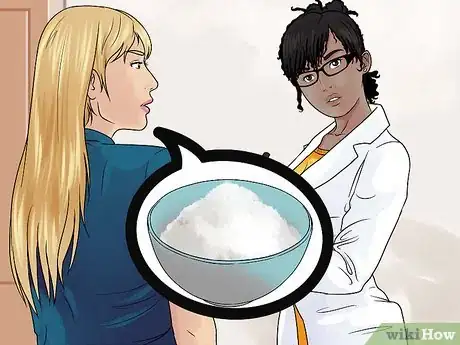

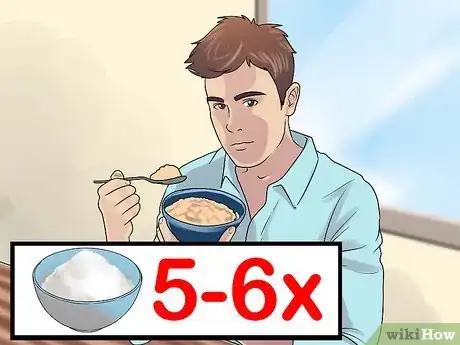
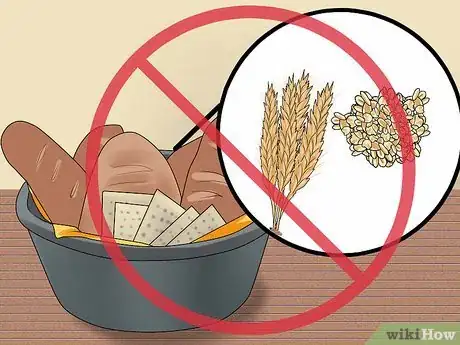
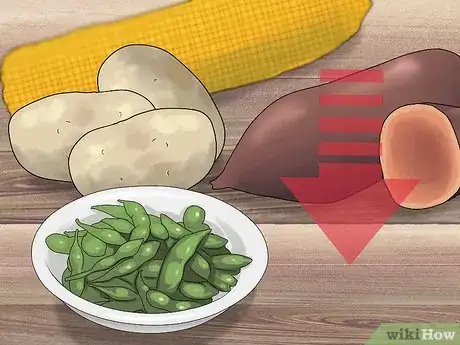
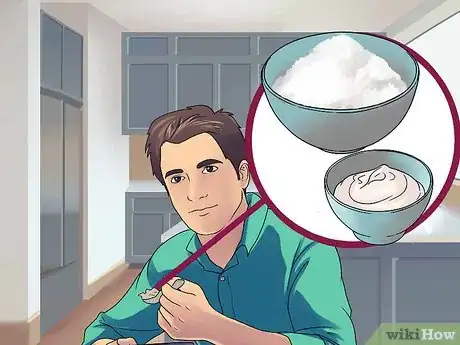
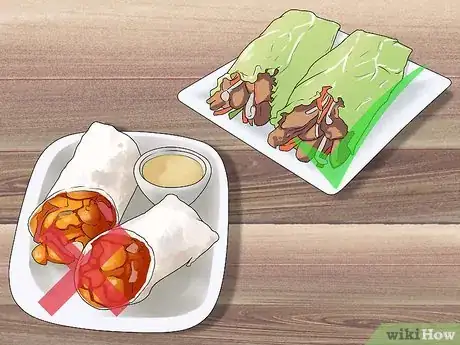
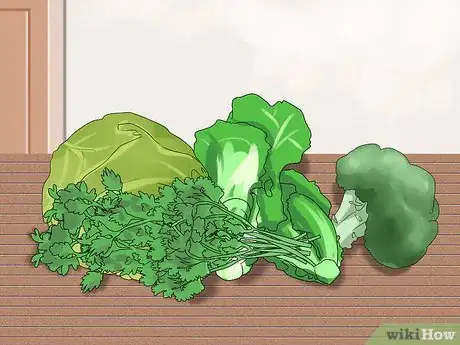
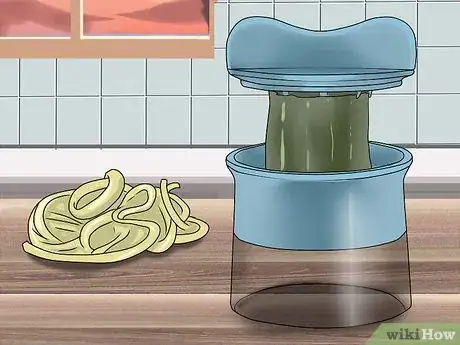

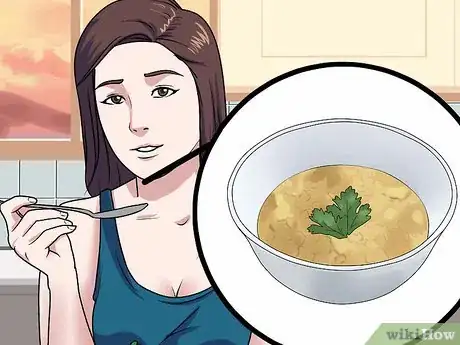
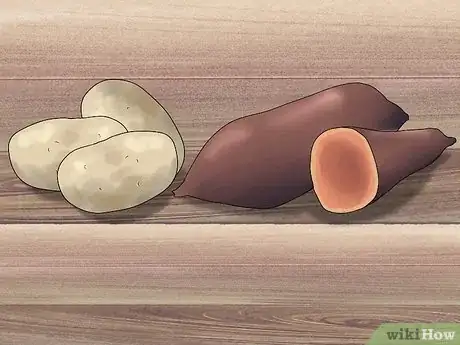
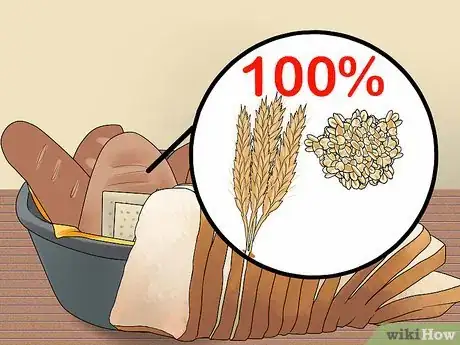






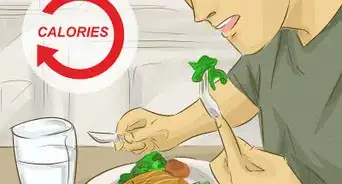














































Medical Disclaimer
The content of this article is not intended to be a substitute for professional medical advice, examination, diagnosis, or treatment. You should always contact your doctor or other qualified healthcare professional before starting, changing, or stopping any kind of health treatment.
Read More...